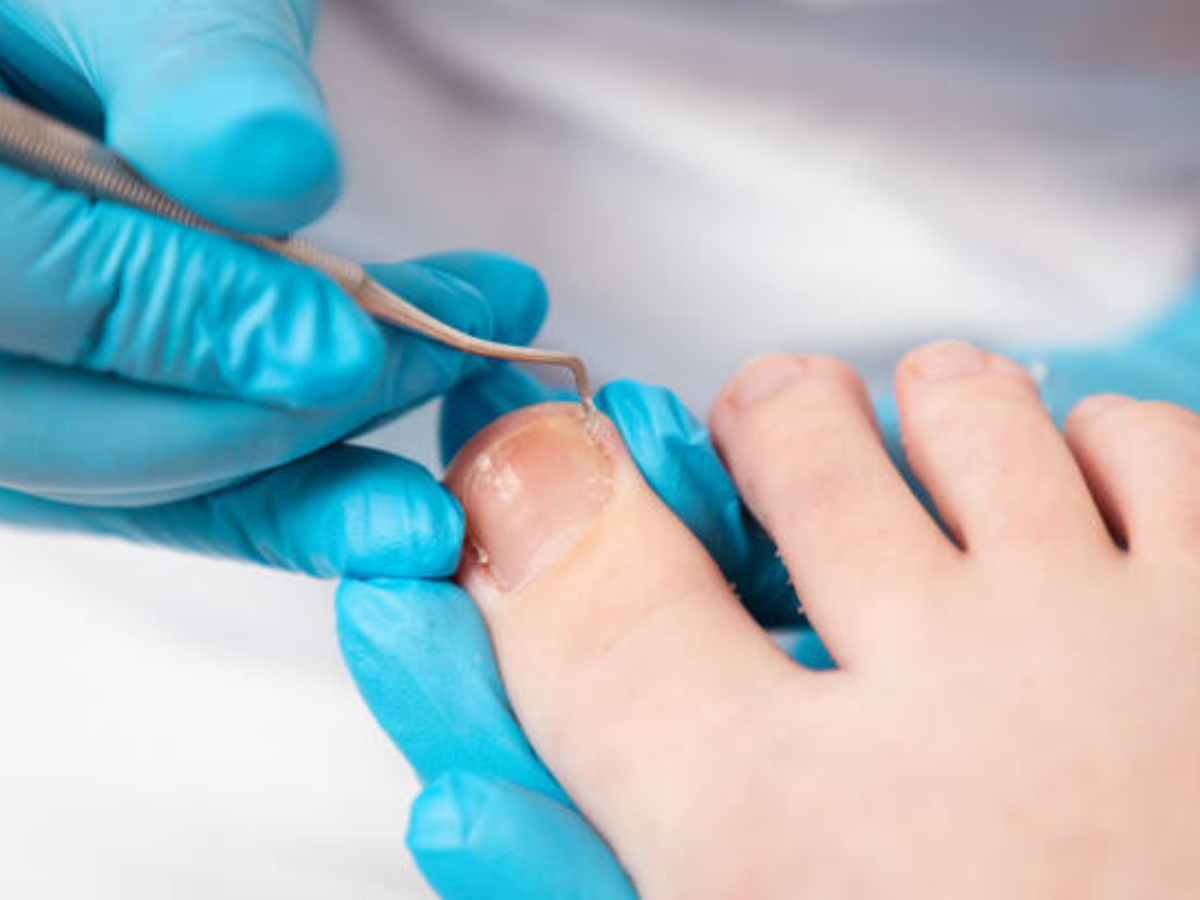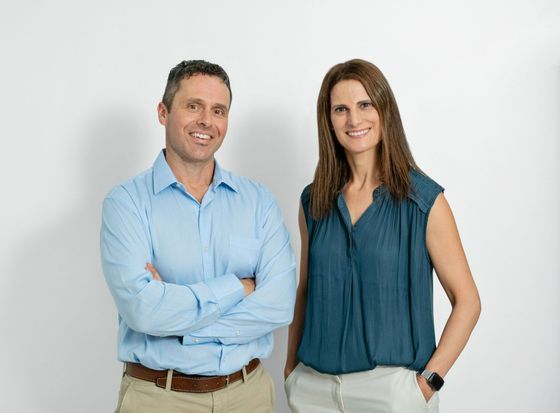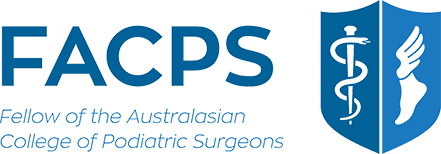Trusted Podiatric Surgeons located in Perth’s eastern region
I'm a new patient
Check out all the essential information for new and current patients
Types of foot surgery
Find out more about the different types of foot surgery options available through
MJ Taranto
Get in touch
Do you have a foot or ankle problem you think we can treat, or want to ask more questions about a particular condition?
Podiatric surgeons, Michael Taranto and Julie Taranto, are able to perform many different surgical procedures on the foot and ankle to restore good foot health and wellbeing.
Get to know us
As podiatric surgeons,
MJ Taranto deals exclusively with
conditions affecting the foot and ankle.
Both Michael Taranto and Julie Taranto are registered Podiatric Surgeons and endorsed prescribers with the Podiatry Board of Australia. They do not have a medical degree. They obtained their undergraduate Podiatry degree (Bachelor of Science in Podiatry) from Curtin University of Technology in 1997 and 1996 respectively, both having graduated with their Honours degree in Podiatry in 1999, with Michael achieving First Class Honours. In 2002 they both graduated with a Post Graduate Diploma in Podiatry from Curtin University of Technology and in 2005 completed their Master of Medical Science degrees at the University of Western Australia. They both completed their Podiatric Surgical training with the Australasian College of Podiatric Surgeons and obtained Fellowship in 2010 and 2008 respectively.
Together, they have 30 years of combined surgical experience.
Latest news
Catch up on the latest industry news and foot health tips





